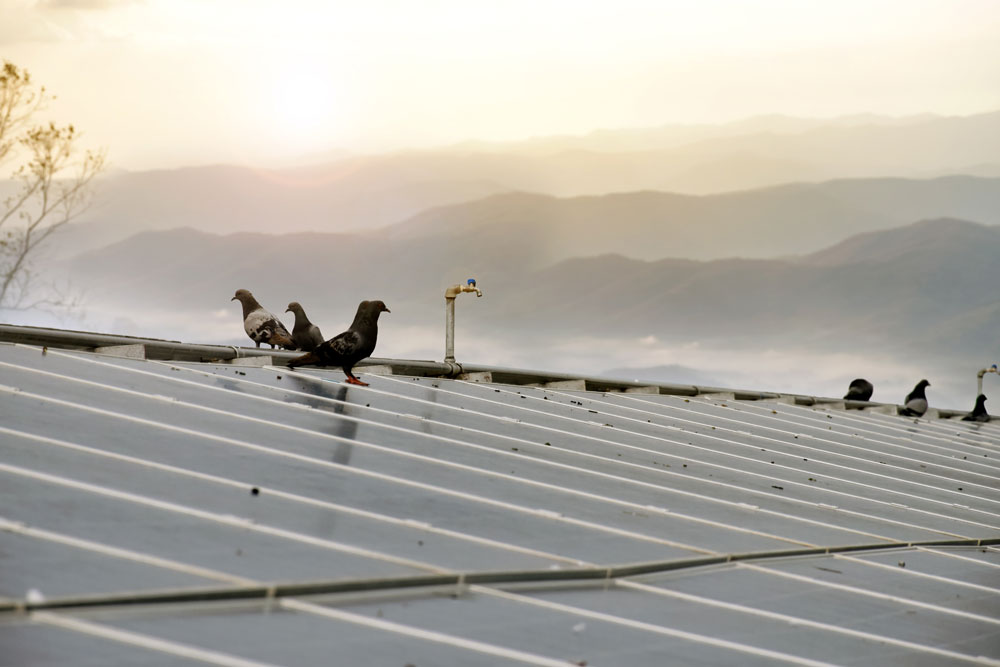Despite what some might think, solar energy is in reality very simple.
-
The solar modules (panels) on your roof convert sunlight into direct current power.
-
A solar inverter converts DC electricity to 240V AC electricity, the kind of electricity suitable for domestic use.
-
The appliances in your home will first use the alternating current of the solar system and use the electricity of the network to cover the rest of your energy consumption.
-
If you produce surplus power, it will be put back into the grid, an interconnected grid that provides electricity from generators to consumers. Prior to installing solar, that’s where your electricity would have come from. If you have them, the excess energy can be powered by solar batteries, so you can continue to enjoy solar energy even after sunset.
-
In addition to capitalising on the sun’s energy to power their home, some customers may also be eligible to receive credit from their energy retailer, as a way of saying ‘thanks’ for feeding excess solar PV energy back into the grid.
Network Connected With Back-Up Solar Photovoltaic Systems.
Battery backup systems have become more and more popular. They work the same as a standard grid-connected solar PV system; however, the difference is the addition of a battery inverter and battery. Together, they allow you to use electricity stored during the day to keep your home going at night. Since this power does not come from the network, some systems let you keep the lights on, even during a power outage.
Solar Warm Water Systems.
Solar energy systems can do more than simply fuel your home. The combination of a solar hot water system with your solar photovoltaic system will provide your home with even greater energy independence.
How Solar Saves Your Money.
With a solar photovoltaic system, you generate your own electricity, which means you buy less from your power retailer. For example, say you have three kW of appliances in operation, and your solar photovoltaic system produces two kW. You consume only 1kWh, saving you between 45c and 60c every hour. In addition, if you produce more than you consume, your excess power can be fed back into the grid to save even more. Keep in mind that kWh is “units” on a lot of energy bills. On top of that, the Australian government offers generous rebates, allowing you to benefit from the savings of solar energy even more.
Select The Right Solar System.
First, you need to check your power bill, where you will find your average daily consumption in kWh. Next, you have to consider when you use your power – at a minimum, you want to cover your day energy consumption. On average, about every kilowatt (kW) of solar energy will be generated. 4.6 kWh per day, but it varies with a number of environmental conditions. For example, if your average daily consumption is 12 kWh, you will need a system of at least 3 kW. If you use 20 kWh a day, a 5 kW solar PV system would be best suited to your needs. An experienced consultant will help you determine the best solar package to meet your requirements.
Reference: https://www.solargain.com.au/new-to-solar


